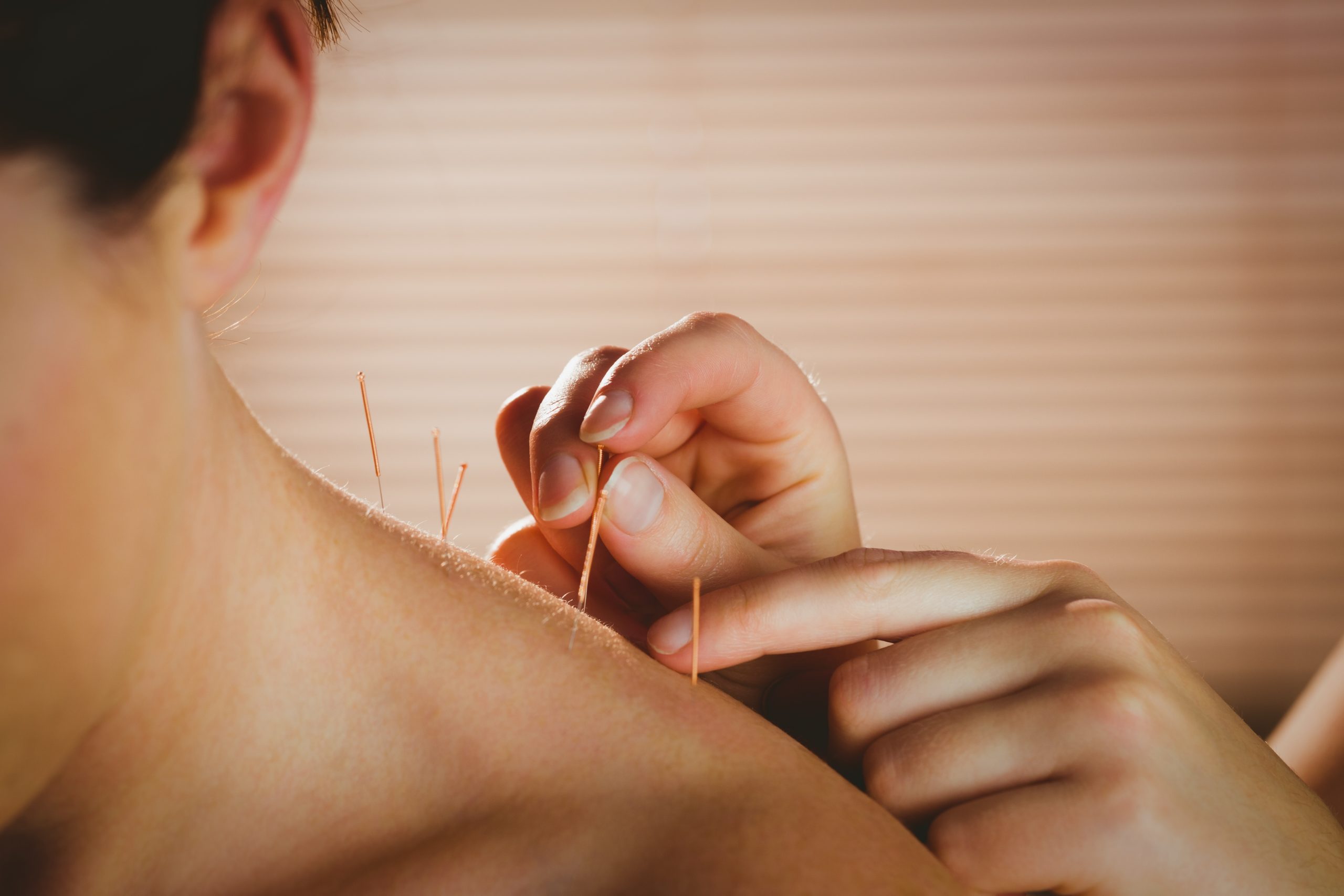
Traditional Acupuncture
While acupuncture is commonly recommended for the treatment of pain, it is also suitable to treat a wide variety of conditions. Some of the ways that acupuncture is thought to work include:
- Improving local blood flow
- Improving whole body circulation
- Stimulate release of endorphins and other brain chemicals
- Release muscular tension
- Stimulate pathways of the body’s internal communication system through myofascial tissues
Modern scientific studies support the safety and efficacy of acupuncture. The World Health Organization recommends acupuncture for specific diseases, symptoms or conditions, because acupuncture has been shown to be an effective treatment, through controlled trials. Some of these conditions include:
- Adverse reactions to radiotherapy and/or chemotherapy
- Allergic rhinitis (including hay fever)
- Biliary colic
- Depression (including depressive neurosis and depression following stroke)
- Dysentery, acute bacillary
- Dysmenorrhoea, primary
- Epigastralgia, acute (in peptic ulcer, acute and chronic gastritis, and gastrospasm)
- Facial pain (including craniomandibular disorders)
- Headache
- Hypertension, essential
- Hypotension, primary
- Knee pain
- Low blood counts
- Low back pain
- Nausea and vomiting
- Neck pain
- Dental pain and temporomandibular dysfunction
- Periarthritis of shoulder
- Postoperative pain
- Renal colic
- Rheumatoid arthritis
- Sciatica
- Sprain
- Stroke
- Tennis elbow
